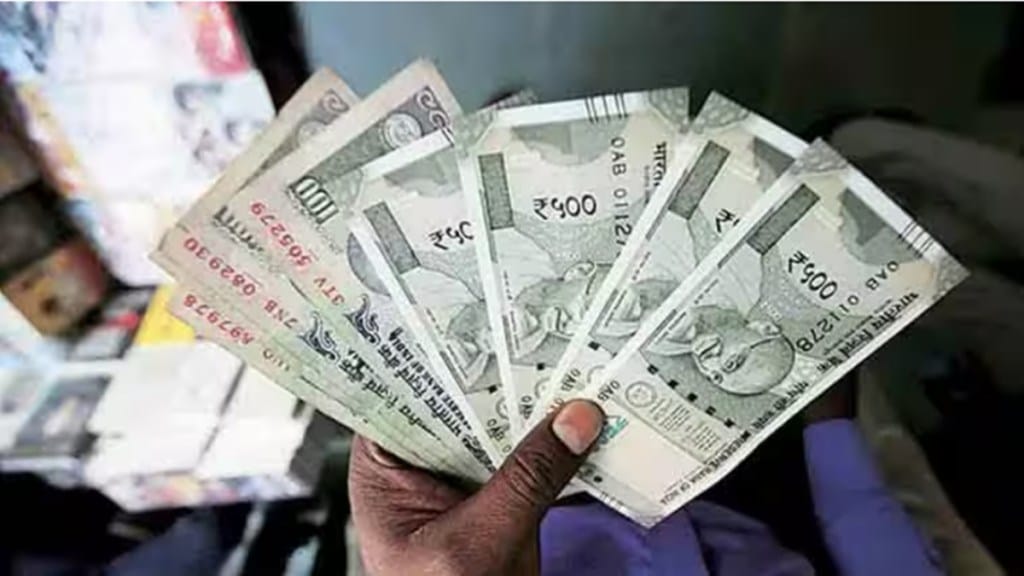Buy now, pay later (BNPL) companies are tightening their underwriting standards as recent regulatory changes have forced these companies to make adjustments to their lending criteria.
The struggle for BNPL companies has intensified after a Reserve Bank of India (RBI) asked banks and non-bank lenders to ensure that the total amount of the first loss default guarantee (FLDG) cover on any outstanding portfolio does not exceed 5% of the amount of that loan portfolio.
An FLDG is an arrangement between a regulated entity like a bank and a non-banking financial company and a financial technology company wherein, the latter compensates the former to a certain extent if the borrower defaults.
While the recent guidelines has helped resolve its ambiguity on its use by banks and non-bank lenders, the 5% cap has dented volumes in high-yielding loan segments like unsecured personal loans and business loans, where the FLDGs were typically higher than the permissible limits, say experts.
“Since FLDG was available for a larger component of the loan portfolio, they could take more risks on the new-to-credit customers. Therefore, on boarding was easier and they were able to distribute loans to a wider set of people,” Rohan Lakhaiyar, partner and fintech leader, Grant Thornton Bharat said.
“Now that the capping has come in, the risk appetite has reduced significantly because it is only one in 20 loans that they guarantee for and therefore, the underwriting standards have gone up,” he added.
As far as lenders are concerned, it is a straight loss that has to be booked on their book and the profitability takes a hit. While fintechs were supporting that risk taking ability earlier, the lenders have to now be stricter on how they have to underwrite these borrowers.
Apart from the FLDG cap, more restrictive loan collection practices, and increased disclosures requirements have also posed challenges to financial technology companies that offer buy now pay later products, say experts.
Additionally, RBI’s 2022 norms barring non-bank prepaid payment instrument issuers from loading credit lines have also weighed on these entities.
“BNPL companies are taking a multi-faceted approach to deal with the regulatory challenges. Data analytic teams and AI-driven risk assessment models are being used to enhance the accuracy of credit evaluations,” says Paytail Co-founder and Chief Executive Officer Vikas Garg, adding that technological advancements like technology driven customer support and predictive modelling are being utilised to enhance customer satisfaction and optimise the entire user journey to suit to their needs.
Prior to the RBI’s mandate, financial technology companies were extending a FLDG of up to 100%, due to which, they were allowed to source new-to-credit customers and traditionally risky customer segments.
BNPL is a type of short term financing that allows consumers to make purchases and pay for them at a future date. It is available in various varieties. The first category is pay pater, which are very short term loans whose tenure ranges from a few days to a month. The payment must be made in full on the due date. Here, the revenue sources for the lender are typically fee based, including convenience charge, late fee and merchant discount rate.
Second is the no cost EMI wherein, the payment amount is broken into a few equated monthly installments. The ticket size of these loans is slightly higher than the first category and the tenor is a few months.
The third category is also EMI-based wherein, an interest is charged to customer. The tenor of these loans can go up to 18 months, and the this method is typically used while purchasing consumer durables.
“BNPL is a disguised product. Somebody may be doing a term loan, somebody may be doing a credit card, somebody may be doing an overdraft, or an unsecured loan. The on-boarding of data is done according to the original product,” Easy Pay Chief Executive Officer Vaibhav Joshi said,
Experts note that while the BNPL industry cannot mitigate the impact of the 5% cap, the availability of consumer behaviour data has enhanced underwriting models.
“Quite frankly, for all serious players. I do not think the FLDG is a hindrance at all. Now regulator has allowed FLDG as a starter. It may be increased later. I think now 5% is enough and the larger players will be able to manage.” a senior official at a Bengaluru-based fintech said.
ShopSe Co-founder and Chief Executive Officer Pallav Jain feels that the biggest challenge for BNPL companies going ahead is to cater to India’s “fragmented market”, while continuing to have a sustainable business model.
While the BNPL segment is likely to witness a consolidation going ahead, the model will evolve and become a more robust method of payment. Here, experts feel that the segment will scale in a big way because it is complimentary to the digital payment ecosystem.
“From a strategy perspective, I think BNPL should focus on low value consumer segment. Credit on UPI and BNPL converge into a single product and that is where the future of BNPL lies,” Joshi said.

